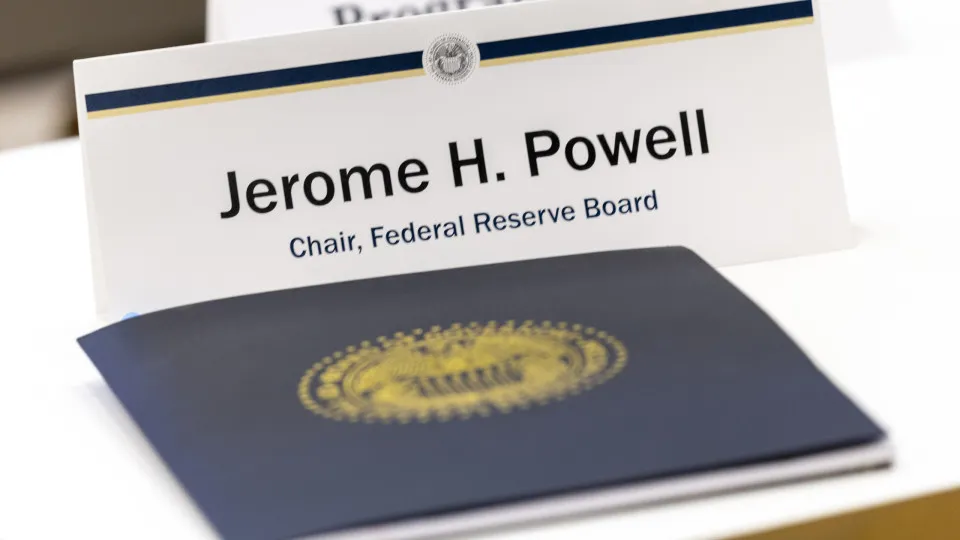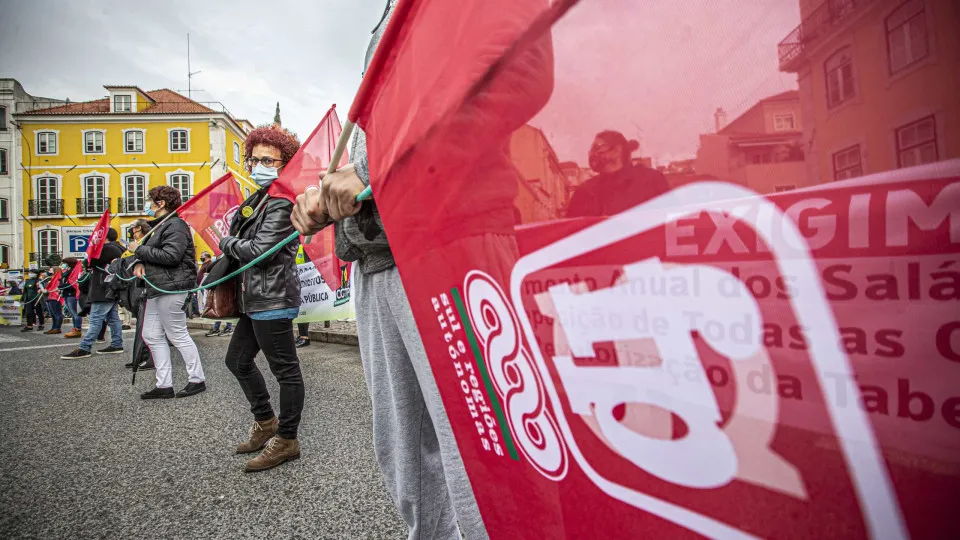
“In most regions [of the US], an increasing number of employers have reported reducing their workforce through layoffs or natural departures without replacement,” reports the US central bank in its “Beige Book,” a regular survey based on reports from economic actors.
Employers are turning more to temporary or part-time work instead of full-time hiring, it also highlights.
Simultaneously, “in several regions,” certain sectors such as hospitality and catering, agriculture, construction, and industry are struggling to find the necessary labor, “due to recent changes in migration policy,” writes the Fed, referencing the stringent measures of Donald Trump’s administration, which include crackdowns on undocumented immigrants and restrictions on legal immigration.
This analysis of the labor market in the world’s largest economy is published at a time when the latest official employment report is unavailable due to the budgetary shutdown.
Thus, monetary policymakers rely more on other indicators to gauge the nation’s economic pulse.
Amid the new tariffs imposed by the executive under the President of the US, companies have been adopting various strategies, as reported: “Some (…) have kept their prices almost unchanged to maintain their market share in light of consumer resistance,” as consumers are unwilling to spend more. On the other hand, some industries and retailers “fully pass on additional costs (…) to consumers.”
Overall, consumption has generally retracted, except for electric car sales, which are bolstered by a tax credit incentive.
The situation is highly uneven. Wealthy individuals have shown ‘solid’ spending on travel and luxury hotels.
In contrast, low-income or middle-class households continue to seek promotions due to rising prices and growing economic uncertainty, notes the Fed. The reported elements were collected until October 6th.




